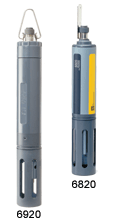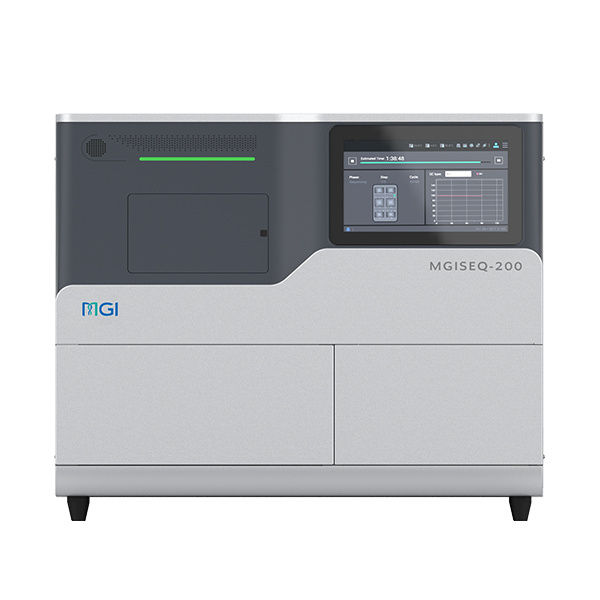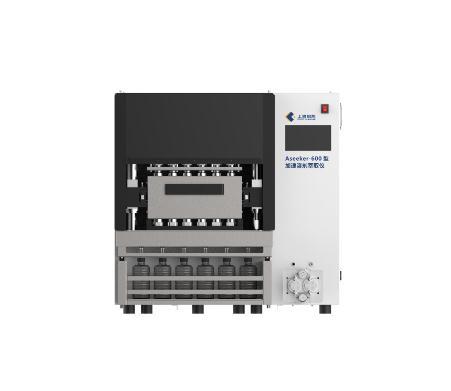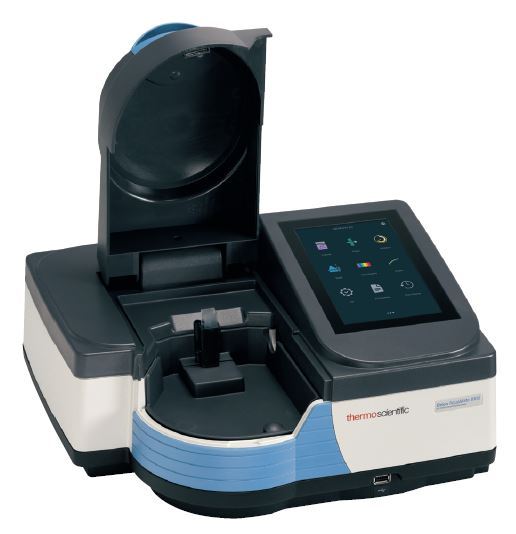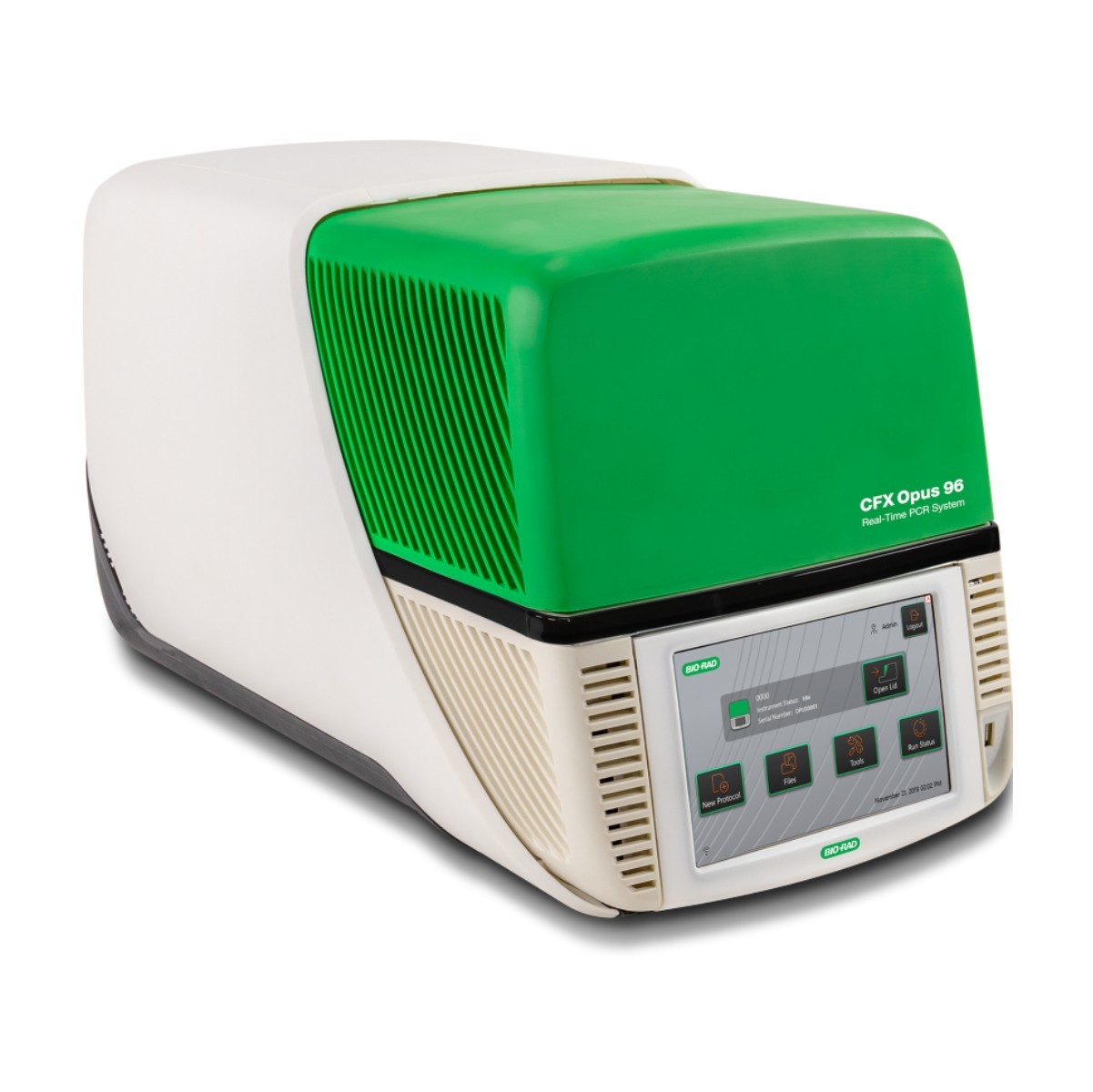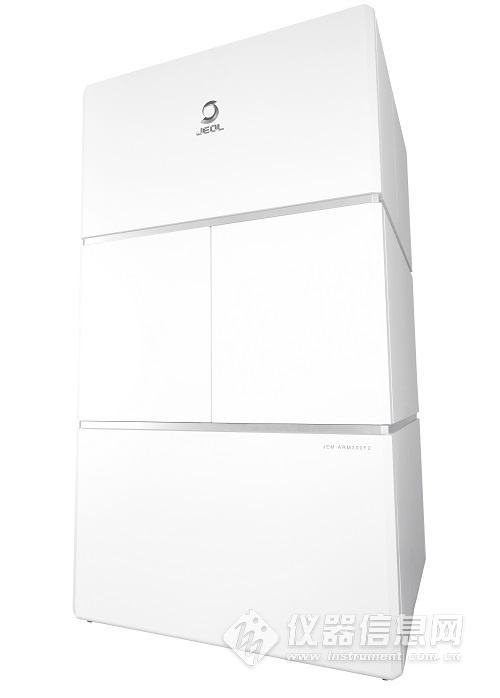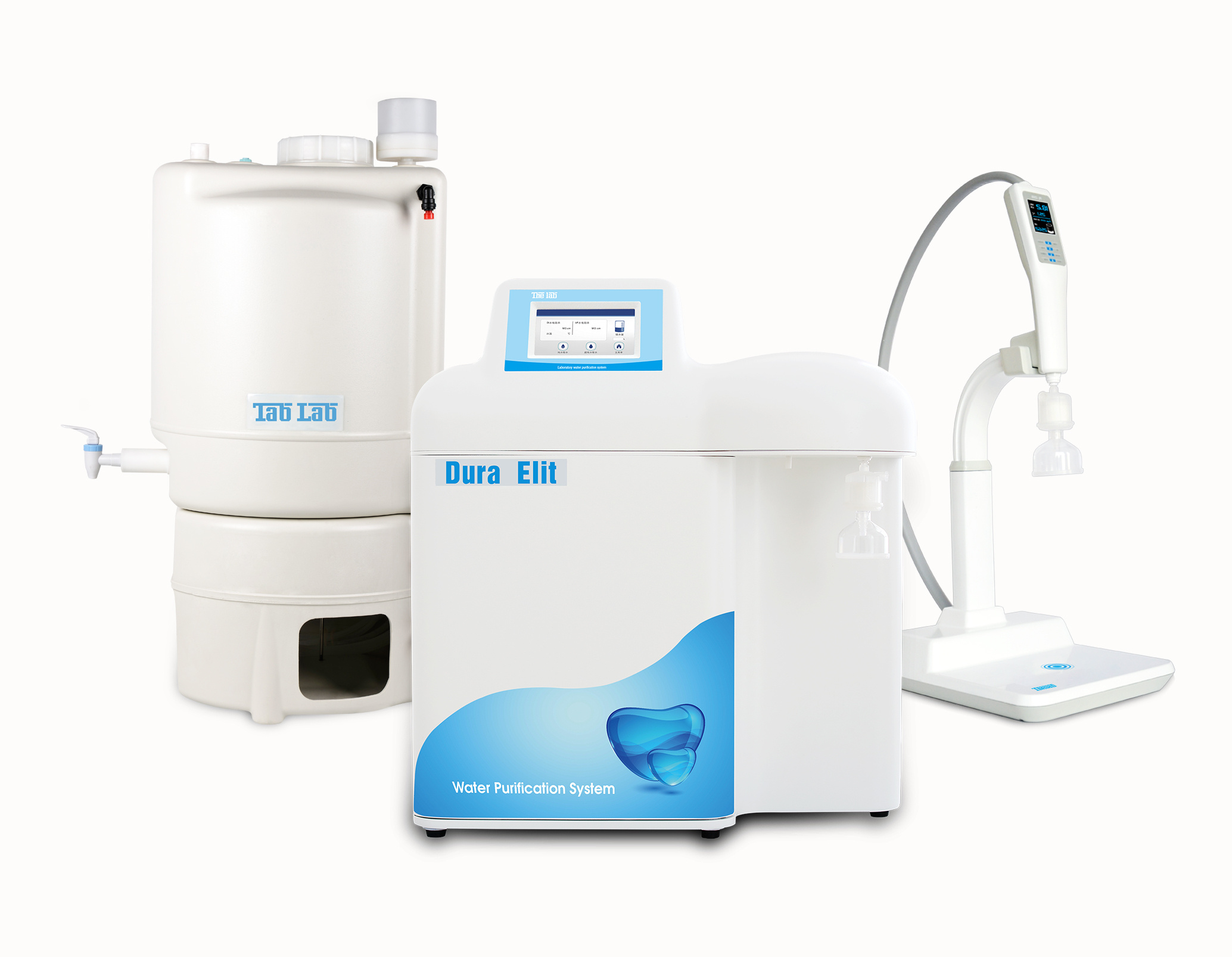AOAC 988.13自动化利用固相萃取法鉴定食品中FD&C颜色添加剂
2016/10/31 18:13
阅读:73
分享:
![]() 免费下载
免费下载
方案摘要:
方案详情:
A color additive is any dye, pigment or other substance which imparts color to a food, drug or cosmetic or to the human body (1). Color additives for food are commonly found in expected places, such as candies and powdered drink mixes, but also can be added to fruit skins to make them look more appealing. The addition of synthetic color additives is regulated closely by the FDA and is examined from the manufacturing of the pigment itself, through to its use and appropriate product labeling. Color additives have come under scrutiny recently because of their potential adverse physical and mental health effects that may be linked to ingestion, especially in children.
AOAC method 988.13 qualitatively tests for the presence of eight synthetic color additives, one of which is now banned. These color additives are FD&C colors approved for use in food, drugs and cosmetics. Additives are extracted from the sample matrix using solid phase extraction (SPE), and then identified by spectrum analysis on a spectrophotometer. The color additives examined by the method – FD&C Red Nos. 3 and 40, Blue Nos. 1 and 2, Yellow Nos. 5 and 6, Green No. 3 and the now banned Red No. 2 – are listed in Table 1, along with the E Number used in the EU and UK, common chemical name and chemical structure.
In this application, AOAC method 988.13 was automated using a Gilson
GX-274 ASPEC to perform the SPE process just prior to automated spectrum analysis using the Agilent 8453 UV-visible Spectrophotometer with the Agilent 8-position Multicell Transport. Automation of routine and tedious manual methods allows for consistent reproducibility and higher throughput, freeing laboratory personnel to perform analysis and interpretation of spectra as well as other laboratory applications.
Keywords
GX-274 ASPEC™, AOAC, Spectrophotometer, Food and Beverage, Solid Phase Extraction, SPE, Color Additives, FD&C, FDA, TRILUTION ® LH, Liquid Handling
Automation of AOAC 988.13 for the Identification of FD&C Color Additives in Foods using Solid Phase Extraction
Application Note FB0112
下载本篇解决方案:
YSI防玷污的10个技巧
YSI 防玷污的10点技巧 随着电子技术的进步、电源管理的改进和电池寿命的延长,生物玷污成为目前决定监测仪器投放周期长度的决定因素,特别是应用于长期、连续监测。应用一些防玷污技术可以延长仪器的维护间隔,能够减少野外的仪器维护的次数,并提高水质监测数据精度。 防玷污技巧的详细内容请参考文章《YSI 防玷污的10点技巧》
环保
2014/03/04
病原微生物检测整体解决方案
自然界中约有99%的微生物无法在实验室条件下培养纯化,对于环境或临床样本中的微生物群落研究,需要一种非培养依赖且同时覆盖多种微生物类型的检测技术,能对微生物群落进行种属水平的鉴定及定量分析,使得微生物鉴定更加全面、准确及高效。 华大智造基于自主研发的高通量测序平台和病原感染快速鉴定系统,开发出一套病原微生物检测整体解决方案,可实现在本地快速、准确、全面的对原始标本中的微生物进行分类鉴定,并自动出具分析结果,为感染性疾病的诊疗提供参考。同时,我们也提供多种病原微生物检测整体解决方案的组合,用户可根据需求灵活选择硬件及配套试剂耗材。
生物产业
2020/06/17
中药提取类产品解决方案
从中药中提取分离化合物,第一步需要将中药材中的成分用有机溶剂提取出来,包括常规的有机溶剂浸泡,超声提取,超临界提取和加速溶剂萃取(Aseeker-600型加速溶剂萃取仪)等,得到一份总提物。
制药/生物制药
2021/01/04
基于紫外分光光度法的水中油测试方法
矿物油组成中的共轭体系物质在紫外光区有较强的吸收,依据朗博 - 比尔定律,在256nm紫外光波长,可测定油样的吸光度来确定相应油的量。 由于紫外光度法对于油种的敏感性较强,本方法的油样需采用标准物质。
环保
2021/05/31



